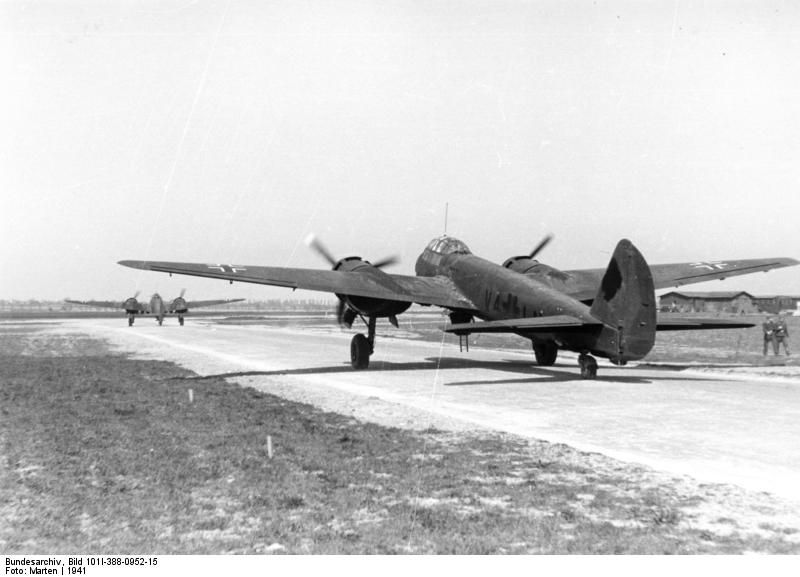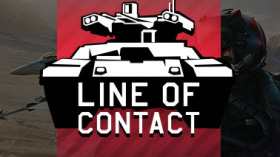
- For PC
- For MAC
- For Linux
- OS: Windows 10 (64 bit)
- Processor: Dual-Core 2.2 GHz
- Memory: 4GB
- Video Card: DirectX 11 level video card: AMD Radeon 77XX / NVIDIA GeForce GTX 660. The minimum supported resolution for the game is 720p.
- Network: Broadband Internet connection
- Hard Drive: 23.1 GB (Minimal client)
- OS: Windows 10/11 (64 bit)
- Processor: Intel Core i5 or Ryzen 5 3600 and better
- Memory: 16 GB and more
- Video Card: DirectX 11 level video card or higher and drivers: Nvidia GeForce 1060 and higher, Radeon RX 570 and higher
- Network: Broadband Internet connection
- Hard Drive: 75.9 GB (Full client)
- OS: Mac OS Big Sur 11.0 or newer
- Processor: Core i5, minimum 2.2GHz (Intel Xeon is not supported)
- Memory: 6 GB
- Video Card: Intel Iris Pro 5200 (Mac), or analog from AMD/Nvidia for Mac. Minimum supported resolution for the game is 720p with Metal support.
- Network: Broadband Internet connection
- Hard Drive: 22.1 GB (Minimal client)
- OS: Mac OS Big Sur 11.0 or newer
- Processor: Core i7 (Intel Xeon is not supported)
- Memory: 8 GB
- Video Card: Radeon Vega II or higher with Metal support.
- Network: Broadband Internet connection
- Hard Drive: 62.2 GB (Full client)
- OS: Most modern 64bit Linux distributions
- Processor: Dual-Core 2.4 GHz
- Memory: 4 GB
- Video Card: NVIDIA 660 with latest proprietary drivers (not older than 6 months) / similar AMD with latest proprietary drivers (not older than 6 months; the minimum supported resolution for the game is 720p) with Vulkan support.
- Network: Broadband Internet connection
- Hard Drive: 22.1 GB (Minimal client)
- OS: Ubuntu 20.04 64bit
- Processor: Intel Core i7
- Memory: 16 GB
- Video Card: NVIDIA 1060 with latest proprietary drivers (not older than 6 months) / similar AMD (Radeon RX 570) with latest proprietary drivers (not older than 6 months) with Vulkan support.
- Network: Broadband Internet connection
- Hard Drive: 62.2 GB (Full client)
German aircraft participate in large-scale battles in locations within War Thunder. A great choice of fighters, attackers and bombers provides entertaining gameplay in all three game modes. The German tree in War Thunder offers some of the most broad-ranging choices of weaponry, tactics and fighting style.
From March 11th 15:00 GMT to March 12th 15:00 GMT
x4 RP gain bonus for the first victory for Germany
Pilots! We would like to present the third video of the “War Thunder Nations” series.
|
Junkers Ju 88 In France |
The Luftwaffe was the aerial warfare branch of the German Wehrmacht during World War II. After the end of World War I Germany, under the terms of the Treaty of Versailles, was prohibited from having an air force. That didn’t stop the Germans from secretly training pilots under the cover of the German Air Sports Association (German: Deutscher Luftsportverband (DLV)) and the Central Commercial Pilots School (German: Zentrale der Verkehrs Fliegerschule (ZVF)).
These pilots were trained first in the Soviet Union in late 1920’s and then in Germany in the early 1930’s, so in reality, regardless of the treaties, Germany never lacked highly qualified pilots, which was one of main strengths that would make the Luftwaffe such a formidable air force in the early years of World War II.
After coming to power in 1933, Adolf Hitler began to secretly develop a new air force and in March 1933 Hitler created the Reichsluftfahrtministerium (RLM - Reich Air Ministry) which was in charge of developing and producing new aircraft. In May 1933 Goering was appointed as German Air Traffic Minister. In March 1935 Britain announced its strengthening of the Royal Air Force (RAF) and Hitler, not wanting to be left behind, decided to reveal the existence of the Luftwaffe which was rapidly growing into a formidable air force. Goering officially announced it in March 1935 and his title changed to Reich Aviation Minister.
Even if Britain and France were deeply concerned with rapid rearmament going on in Germany nothing was done to stop or slow it and they also failed to keep up with German military production. New fighters, like the famous Me-109 were introduced in the German Luftwaffe while combat trials were run in Spain during the Spanish Civil War, which gave invaluable experience to the Luftwaffe and German pilots.
|
Bf 109Cs of 1/JG 137, August/September 1939 |
The death of Walther Wever in a plane crash in early 1936 marked a change in the thinking of Luftwaffe development and Göring appointed Albert Kesselring as Chief of the Luftwaffe General Staff and Ernst Udet head the Reich's Air Ministry Technical Office. Under their leadership the strategic aspect was put aside and emphasis was put on the tactical aspects with the development of more fast medium bombers, a decision that dearly cost the Luftwaffe and Germany in the following years.

.jpg)



